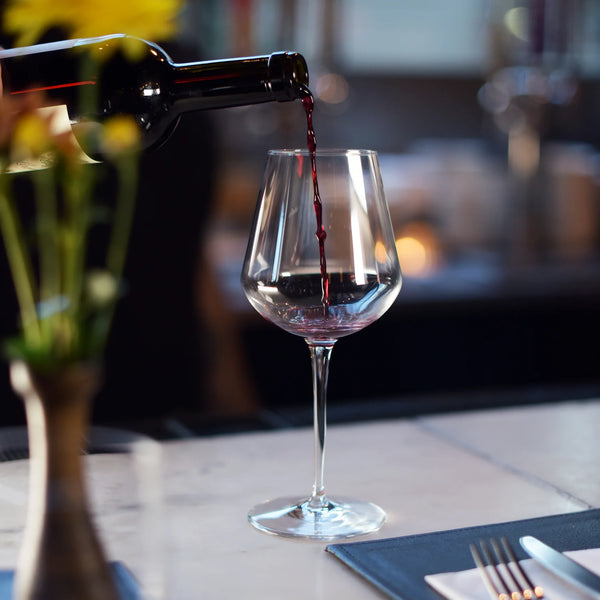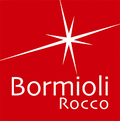So, you've got yourself a good bottle of wine. Now what? Proper storage is essential, unless you plan to uncork it right away.
Temperature
Temperature is wine's greatest enemy. Fluctuations in temperature can disrupt the delicate balance of compounds that give the wine its aroma and flavor.
When it's too hot, wine can undergo maderization, transforming into vinegar. This irreversible process leaves the wine "cooked" or "stewed," rendering it undrinkable. However, freezing temperatures pose problems, too. That's why wines aren't shipped in winter. Wine can expand, especially if it freezes, causing the cork to pop out.
The ideal storage temperature is around 55°F. This applies to all wines—reds, whites, sparkling, fortified.
Humidity
Wine corks rely on air moisture to stay secure. Optimal humidity falls between 50 and 80%; this ensures corks remain moist, preventing oxygen infiltration.
We also recommend laying the wines down on their sides. This keeps the cork consistently hydrated, preventing oxygen from seeping in—a key strategy alongside humidity control to maintain wine quality.
How to Store Wine After Opening
Once opened, wine can deteriorate due to exposure to oxygen. This exposure accelerates spoilage, as we've seen with humidity. We advise promptly pouring wine into a glass and resealing the bottle to minimize this. It's best to reduce the time wine is open and exposed. You can use a vacuum pump to remove air from the bottle, preserving its freshness. We also suggest refrigerating opened bottles to slow down oxidation.
How to Decant Wine
A wine decanter serves to aerate the wine and separate sediment from the original bottle. Typically, it features a flared base, narrow neck, and flat or slanted top, giving it a distinctive look.
The decision to aerate wine through decanting can spark debate. It depends on the wine's stage of development and personal preference. Extra oxygen can enhance a wine's flavor and vitality. If a wine tastes dull initially, decanting it moderately might rejuvenate it.
On the flip side, some argue that decanting accelerates a wine's fading process, as swirling it in a glass exposes it to oxygen. Additionally, experiencing a wine's evolution in the glass can be rewarding; decanting too soon may skip intriguing phases.
Older wines are more delicate and should be decanted shortly before drinking for about 30 minutes. Younger, robust wines, both reds and whites, can be decanted an hour or more prior. If a wine still lacks expression, leaving it in the decanter for 2 to 3 hours or longer may enhance its character.
For those curious, experimenting with multiple bottles of the same wine—some decanted, some not, or decanted for varying durations—can reveal personal preferences.

Wine Pouring Etiquette
When pouring wine, hold the bottle by the base and rotate away from you to prevent dripping. Use a napkin to catch drips until you master the technique. Fill wine glasses less than half-way to allow the wine to breathe. The standard pour is about 5-6 ounces. Always offer wine to guests before refilling your glass. These tips apply to all types of wine, so practice at home to become a pro.

Wine Tasting Tips
- Skip strong fragrances to appreciate wine aromas fully.
- Cleanse your palate between tastings with water or a light snack.
- Take your time to observe the wine's color and clarity.
- Hold the glass by the stem to avoid fingerprints.
- Notice the viscosity; more droplets indicate higher alcohol content.
- Smell the wine to anticipate its taste.
- Sip and savor the wine, rolling it in your mouth.
- Spit or swallow, then reflect on your impressions.
- Stay hydrated with water between tastings.
- Taste from the same spot on the glass to keep it clean.
Mastering the art of serving wine requires attention to detail and a deep appreciation for the nuances of each bottle. Following these steps for chilling, decanting, tasting, and pouring wine, you can elevate any wine-drinking occasion and delight your guests with a memorable experience. Cheers to the joy of wine!


